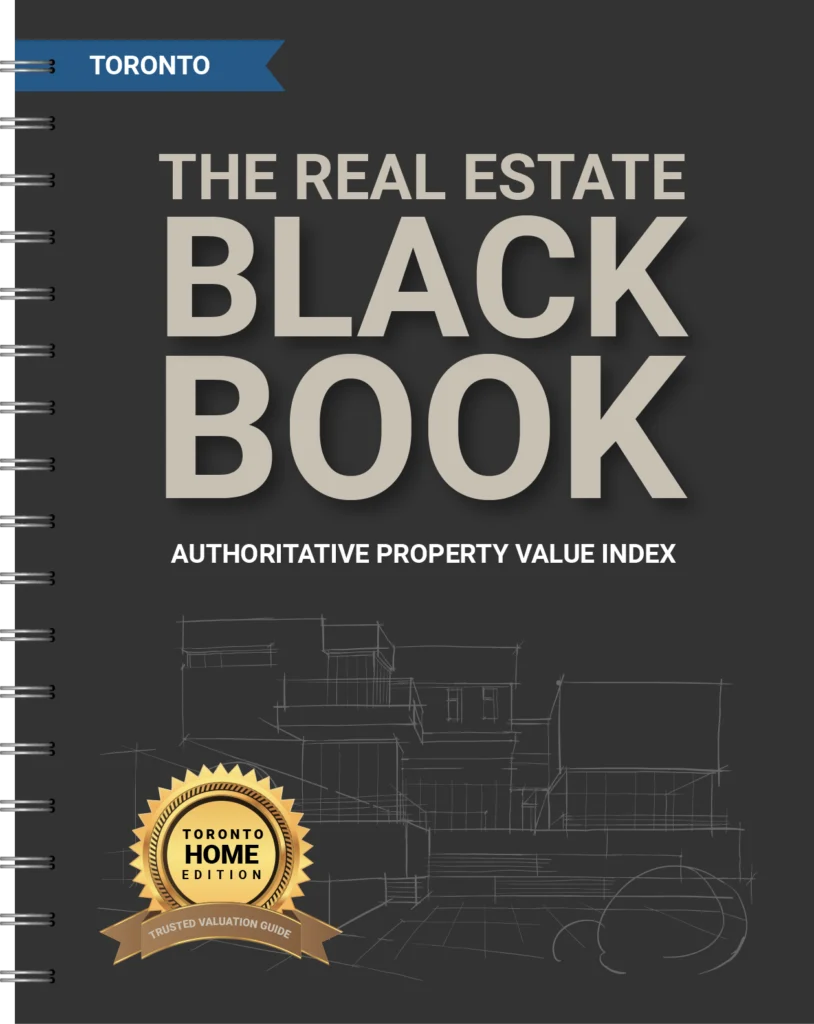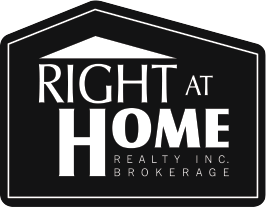Technology has infiltrated every aspect of our lives, and our homes are no exception. With the rise of smart devices and the Internet of Things (IoT), home automation has become a must-have for new home buyers. Home automation allows you to control and monitor various aspects of your home, from lighting and temperature to security and entertainment, all from the convenience of your smartphone or voice command. In this article, I will explore the numerous benefits of home automation for new home buyers, delve into the key features of a home automation system, discuss factors to consider when choosing one, and explore the current market and trends in home automation in Toronto.
Benefits of home automation for new home buyers
Investing in a home automation system comes with a plethora of benefits for new home buyers.
- Convenience and ease of use: With a home automation system, you can control all your devices and appliances from a single interface, eliminating the need for multiple remotes or manual adjustments. Imagine arriving home on a hot summer day, and before you even step foot inside, you can remotely turn on your air conditioning system to ensure a cool and welcoming environment awaits you. Moreover, you can automate routine tasks such as turning off lights, locking doors, and adjusting thermostats, saving you time and energy.
- Enhanced security and peace of mind: With integrated security systems, you can monitor your home in real-time through security cameras and receive instant notifications in case of any suspicious activity. You can also remotely lock and unlock doors, making sure your home is secure even when you’re away. Furthermore, home automation systems can simulate occupancy by automatically turning on and off lights, creating the illusion that someone is home, thus deterring potential intruders.
- Efficiency and cost savings: By integrating smart thermostats, lighting controls, and energy monitoring systems into your home automation setup, you can optimize energy usage and reduce utility bills. You can schedule your heating and cooling systems to adjust automatically based on your daily routines or weather conditions. Additionally, you can remotely monitor and control energy-consuming devices, ensuring they are not left on unnecessarily. These energy-saving features not only benefit the environment but also contribute to significant cost savings in the long run.
Home automation statistics
The popularity of home automation has been skyrocketing in recent years. According to a report by Statista, the global home automation market is projected to reach a value of $114 billion by 2025, with a compound annual growth rate (CAGR) of 12.4% from 2020 to 2025. This surge in demand can be attributed to the increasing adoption of smart devices and the growing emphasis on convenience, security, and energy efficiency. Furthermore, a survey conducted by Coldwell Banker Real Estate LLC revealed that 81% of respondents believe that home automation is important for their current or future home. The statistics clearly indicate that home automation is no longer a luxury but a necessity for new home buyers.
How home automation can streamline your lifestyle
Home automation has the potential to revolutionize your daily life by streamlining various aspects of your lifestyle. Imagine waking up to the gentle sound of your favorite music playing, the blinds automatically opening to let in the morning sunlight, and the coffee machine starting to brew your perfect cup of coffee, all without you having to lift a finger. With home automation, you can create personalized routines and scenes that automatically adjust your home environment to suit your preferences and schedule. Whether it’s setting the perfect ambiance for a movie night or creating a peaceful atmosphere for bedtime, home automation allows you to effortlessly control your home and tailor it to your needs.
Furthermore, it eliminates the hassle of managing multiple devices and systems independently. Instead of dealing with a separate remote for each device or manually adjusting settings, you can consolidate control through a single app or voice command. For example, with a smart home hub like Amazon Echo or Google Home, you can control your lights, thermostat, security system, and entertainment devices all from one central device. This integration not only saves you time and effort but also provides a seamless and intuitive user experience.
In addition to convenience, home automation contributes to a more sustainable and eco-friendly lifestyle. By monitoring and optimizing energy usage, you can reduce your carbon footprint and contribute to a greener future. Home automation systems provide real-time energy consumption data and insights, allowing you to identify energy-hungry devices and make informed decisions to minimize wastage. Moreover, with the ability to control your home remotely, you can avoid unnecessary energy consumption by ensuring lights and appliances are turned off when not in use. By embracing automation, you can make a positive impact on both your lifestyle and the environment.
Key features of a home automation system
When choosing a system, there are several key features to consider to ensure it meets your specific needs and requirements.
- Compatibility is crucial: Make sure the system you choose supports a wide range of devices and protocols, allowing for seamless integration with existing smart devices or future expansions. Look for systems that are compatible with popular platforms like Amazon Alexa, Google Assistant, or Apple HomeKit, as they offer a greater variety of compatible devices and a more accessible user interface.
- Customization and flexibility are essential: A good home automation system should allow you to personalize and create custom scenes and routines tailored to your lifestyle. Whether it’s setting up a “Good Morning” scene that gradually adjusts the lighting, temperature, and music to wake you up gently or creating a “Goodnight” routine that turns off all lights, locks the doors, and sets the security system, the ability to customize your home automation experience is key.
- Reliability and security should be top priorities: Ensure that the system you choose has robust security measures in place to protect your data and privacy. Look for systems that offer end-to-end encryption, two-factor authentication, and regular software updates to address any vulnerabilities. Additionally, opt for systems that provide reliable connectivity, whether through Wi-Fi, Bluetooth, or a dedicated hub, to ensure uninterrupted operation and control of your home automation devices.
Factors to consider when choosing a home automation system
When selecting a system, there are several factors to consider to make an informed decision.
- Evaluate your specific needs and priorities: Determine which aspects of your home you want to automate and what features are essential for your lifestyle. For example, if security is a top priority, focus on systems with advanced security features like video surveillance and motion sensors. If energy efficiency is paramount, look for systems with energy monitoring capabilities and compatibility with smart thermostats and lighting controls.
- Consider your budget: Home automation systems can vary greatly in terms of cost, depending on the number of devices, features, and complexity. Set a budget and explore options within that range, keeping in mind the long-term benefits and potential cost savings associated with energy efficiency and security.
- Research and read reviews: Take the time to research different home automation systems, read customer reviews, and compare features and prices. Look for reputable brands and manufacturers with a track record of quality and reliability. Consider reaching out to professionals or consulting with home automation experts for personalized recommendations based on your specific requirements.
Current market and trends
The demand for smart homes in Toronto has been steadily increasing, driven by the city’s tech-savvy population and the desire for convenience, security, and energy efficiency. Home automation systems in Toronto offer a range of features tailored to meet the needs of homeowners in the city.
One notable trend in Toronto’s home automation market is the integration of voice control. With the rise of virtual assistants like Amazon Alexa and Google Assistant, homeowners in Toronto are embracing voice-activated systems. This allows for hands-free control of various devices and adds an extra layer of convenience to the already seamless home automation experience.
Another trend in Toronto’s home automation market is the focus on energy efficiency and sustainability. With the city’s commitment to reducing carbon emissions and creating a greener environment, homeowners are increasingly opting for home automation systems that prioritize energy monitoring, smart thermostats, and lighting controls. These features not only contribute to a more sustainable lifestyle but also align with Toronto’s green initiatives.
The cost of home automation systems
The cost of home automation systems can vary depending on several factors, including the size of your home, the number of devices to be automated, and the complexity of the system. On average, a basic home system can range from $750 to $5,000, while a more comprehensive system with advanced features and integration can cost upwards of $10,000. It’s important to keep in mind that the initial investment can yield long-term cost savings through energy efficiency and increased home value.
When considering the cost, it’s essential to factor in installation and setup expenses. Some systems require professional installation, which can add to the total cost. Additionally, ongoing maintenance and potential upgrades should be considered to ensure the longevity and optimal performance of the system.
Installation and setup process
The installation and setup process of a home automation system can vary depending on the complexity of the system and the level of customization required. For basic systems, installation can often be done by homeowners themselves, following step-by-step instructions provided by the manufacturer. This typically involves connecting devices to a central hub, configuring settings through a mobile app or web interface, and linking the system to your Wi-Fi network.
However, for more complex systems or homeowners who prefer professional assistance, it’s advisable to hire a certified home automation installer. These professionals have the expertise and knowledge to ensure a seamless installation and can offer guidance on system design, device placement, and optimization. They can also provide recommendations based on your specific needs and assist with troubleshooting and ongoing maintenance.
Conclusion: Embracing the future of smart homes
In conclusion, home automation is no longer a luxury but a necessity for new home buyers. It offers convenience, security, energy efficiency, and peace of mind. By streamlining various aspects of your lifestyle, home automation allows you to effortlessly control and monitor your home from a single interface. When choosing a system, consider factors such as compatibility, customization, reliability, and security. In Toronto, the home automation market is thriving, with a focus on voice control and energy efficiency. While the cost of home automation systems can vary, the long-term benefits and potential cost savings make it a worthwhile investment. Whether you choose to install the system yourself or seek professional assistance, ensure that you have access to reliable services and support. Embrace the future of smart homes and unlock the full potential of home automation.



